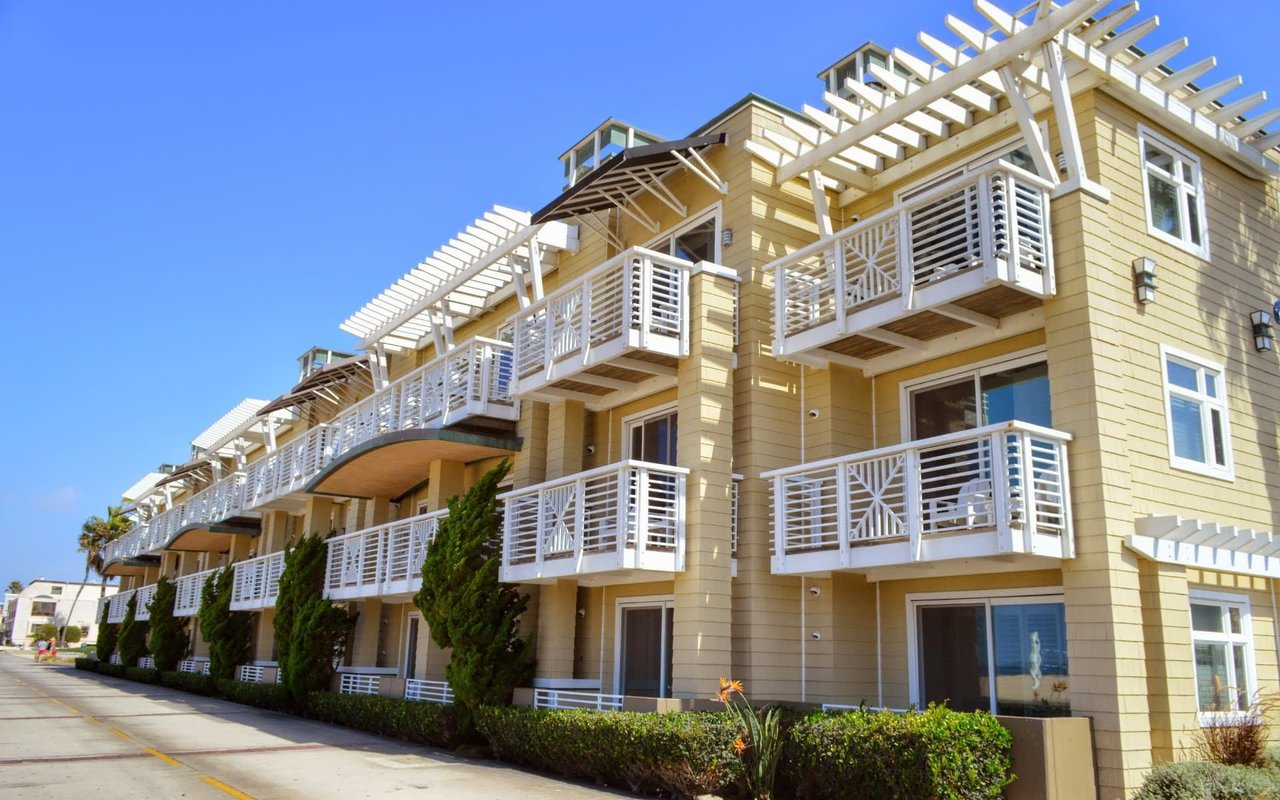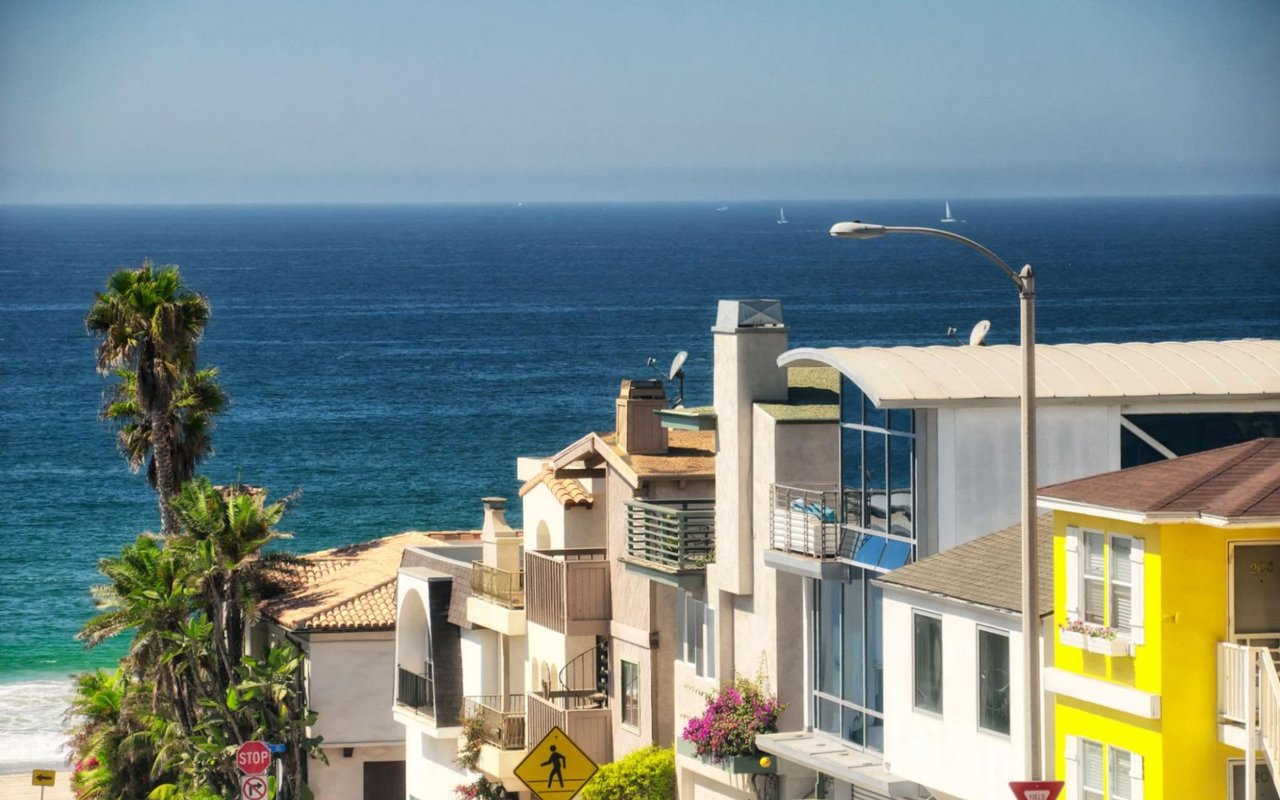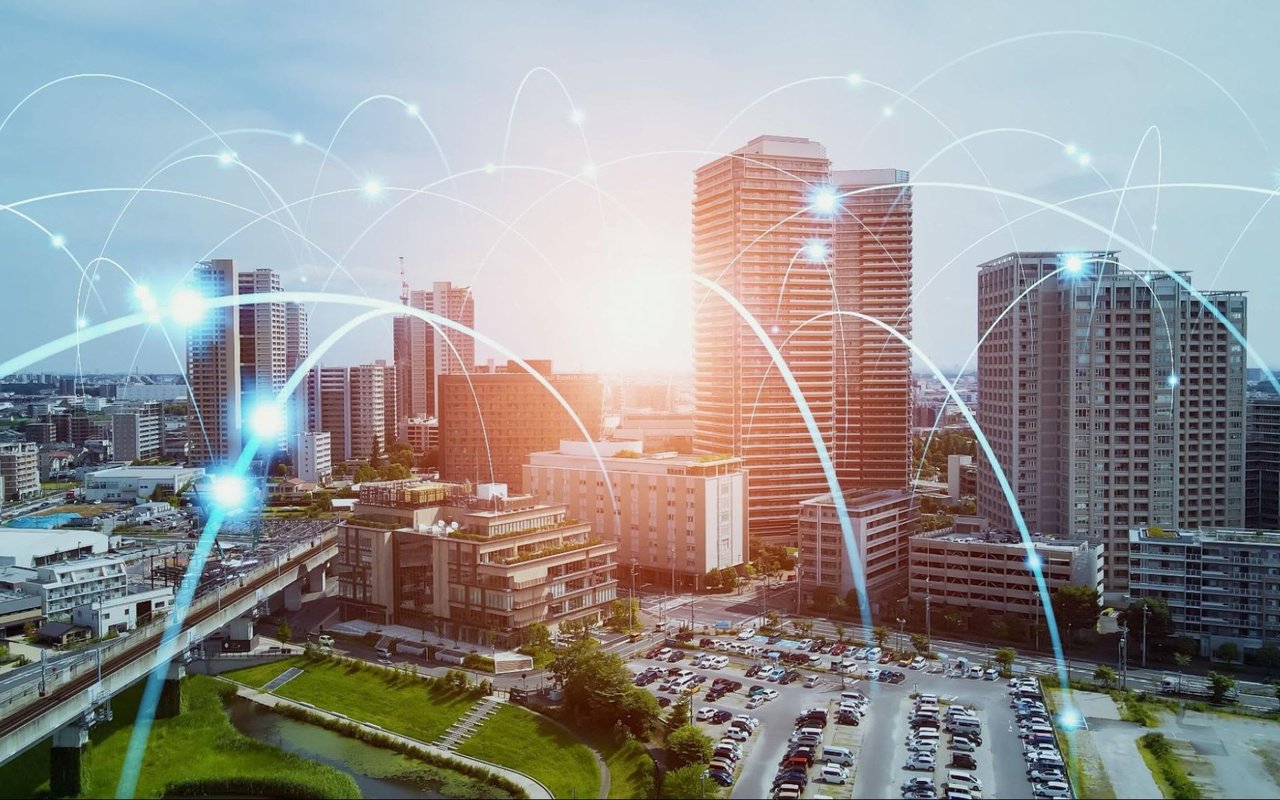A beautiful beachfront community in Los Angeles County, Hermosa Beach is the ideal neighborhood for anyone who wants to enjoy the coastal lifestyle. Being near Los Angeles also means Hermosa Beach residents can easily explore the city while living in a serene and more private environment.
With its stunning coastal location and vibrant community, the Hermosa Beach real estate landscape has seen a significant surge in new construction projects. Addressing the environmental impact associated with these developments becomes crucial as the city evolves and grows.
Environmental Impact of New Construction
New construction projects are a cornerstone of progress and development in modern society. However, it is crucial to acknowledge the environmental impact accompanying these endeavors. The process of constructing new buildings and infrastructure involves various factors contributing to resource consumption and depletion, habitat destruction, as well as waste generation and management.
Understanding and addressing these environmental concerns are essential in promoting sustainable practices and minimizing the ecological footprint of construction activities. Exploring these aspects in detail makes it possible to strive toward a more harmonious balance between urban growth and environmental preservation.
Resource Consumption and Depletion
One of the significant environmental concerns associated with new construction is the extensive consumption of natural resources, specifically water usage is a considerable challenge for Hermosa Beach. Concerns about water usage are not only contained in Hermosa Beach, as most of California has previously dealt with drought issues.
With the growing population and limited water supply, the construction industry's demand exacerbates the strain on local water resources. Furthermore, the energy consumption during construction and subsequent operation of buildings contributes to greenhouse gas emissions, further exacerbating climate change.
Habitat Destruction and Biodiversity Loss
The construction boom in Hermosa Beach also destroys natural habitats and ecosystems, posing a threat to the area's flora and fauna. The encroachment on natural landscapes displaces native species. It also disrupts delicate ecosystems, which means it is crucial to make preserving biodiversity and protecting the local environment a priority for sustainable growth.
Waste Generation and Management
The construction process generates substantial waste from these sites through debris, packaging, and excess construction materials. Improper disposal contributes to the scarcity of landfill space and strains local waste management systems. Developers must adopt efficient waste management practices, such as recycling and responsible disposal, to minimize environmental impact.
Strategies for Sustainable Construction
In the face of growing environmental concerns, sustainable construction is vital for promoting a greener and more eco-conscious approach to building. This paradigm shift encompasses strategies for mitigating the environmental impact of construction activities.
Design considerations for eco-friendly buildings, such as incorporating renewable energy sources and maximizing natural lighting and ventilation, are vital in reducing energy consumption and minimizing carbon footprints. Efficient use of resources during construction further contributes to sustainability efforts. Green infrastructure, such as sustainable stormwater management and green roofs, enhances environmental resilience.
Collaboration with local stakeholders and adherence to policy and regulations help implement sustainable construction practices effectively. These strategies pave the way for a more sustainable and responsible approach to construction.
Design Considerations for Eco-friendly Buildings
Developers should prioritize incorporating sustainable design principles when embarking on new construction projects. Some sustainable design examples include integrating renewable energy sources like solar panels to reduce reliance on non-renewable energy. Maximizing natural lighting and ventilation through thoughtful building orientation and window placement can minimize energy consumption and create a healthier indoor environment.
Efficient Use of Resources During Construction
Efficiency in resource use is critical to reducing the environmental impact of new construction. Implementing water conservation techniques, such as rainwater harvesting and low-flow fixtures, helps mitigate the strain on local water supplies. Additionally, opting for sustainable materials, such as recycled or locally sourced materials, reduces the carbon footprint involved in transportation while supporting the local economy.
Implementing Green Infrastructure
Integrating green infrastructure into construction projects is vital for sustainable development. One method is to incorporate sustainable stormwater management systems like rain gardens and permeable pavements for reducing stormwater runoff and improving water quality. Another solution is building green roofs to provide insulation, promote biodiversity, and absorb rainwater, minimizing strain on drainage systems. Incorporating permeable surfaces in parking lots and sidewalks further aids in managing stormwater runoff and replenishing groundwater.
Collaborating with Local Stakeholders
It is vital to get the community involved in sustainable construction practices. This collaboration means working with people living in the area, local government, and other stakeholders.
Engaging the Community in Sustainable Development
Developers should actively engage the local community in sustainable development initiatives. Educating residents about the environmental benefits of sustainable construction fosters awareness and encourages support. Public outreach programs and workshops can empower individuals to adopt eco-friendly practices, creating a collective effort toward sustainability.
Partnering with Local Environmental Organizations
Collaborating with local environmental organizations allows developers to tap into valuable expertise and resources. Supporting conservation initiatives and sponsoring environmental programs demonstrates corporate social responsibility and promotes a shared commitment to safeguarding Hermosa Beach's natural beauty. By partnering with environmental organizations, developers can implement best practices and stay at the forefront of sustainable construction.
Policy and Regulations
An effective way to ensure new construction projects create environmentally friendly properties is through regulations and policies such as building codes, incentives, and certifications.
Local Building Codes and Sustainability Requirements
Complying with local building codes and sustainability requirements is essential in reducing the environmental impact of construction in Hermosa Beach. Being familiar with the current regulations ensures construction projects meet the necessary environmental standards. Case studies showcasing successful sustainable projects can provide valuable insights and inspire developers to exceed the minimum requirements.
Incentives and Certifications for Sustainable Construction
Governments and organizations often provide incentives to encourage sustainable construction practices. Tax credits and grants can offset the costs associated with eco-friendly initiatives, making sustainable development more financially viable. There are certification programs like LEED (Leadership in Energy and Environmental Design) for validating sustainable construction practices while enhancing a building's marketability and appeal to environmentally conscious buyers. The best way to learn about any local incentive or certification program is to visit the city, county, or state websites.
Building your New Hermosa Beach Property
Developers must consider the environmental impact of new construction in Hermosa Beach. They need to prioritize eco-friendly construction practices to ensure the city's long-term sustainability. Minimizing the ecological footprint associated with new construction projects means implementing strategies such as efficient resource use, sustainable design, and collaboration with local stakeholders. These practices and principles can lead developers, local stakeholders, and home buyers to work collectively towards a greener, more sustainable future for Hermosa Beach.
Are you seeking a dynamic team to guide you through the Hermosa Beach real estate market? Look no further than the EVJ Team, formed by the husband and wife duo Emma von Jansky and Edward Myers. Contact the EVJ team today and let Emma and Edward guide you toward a successful and fulfilling real estate journey in the beach cities.
*Header photo courtesy of Shutterstock




